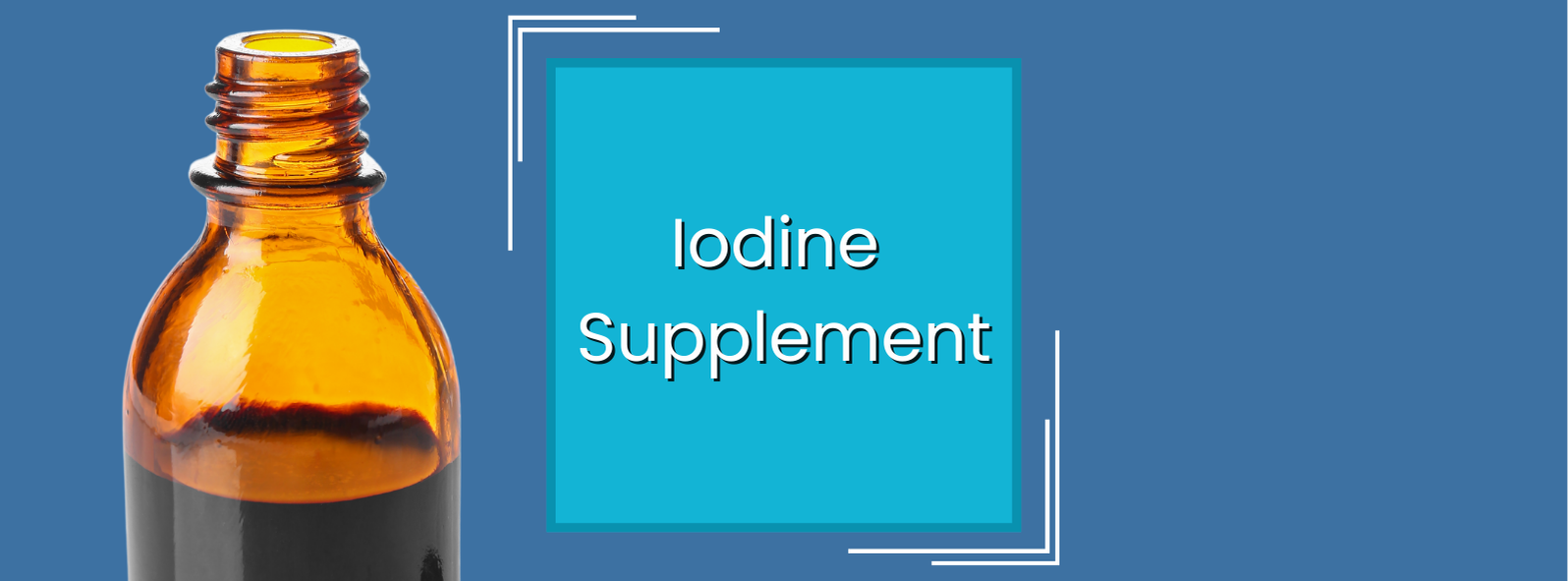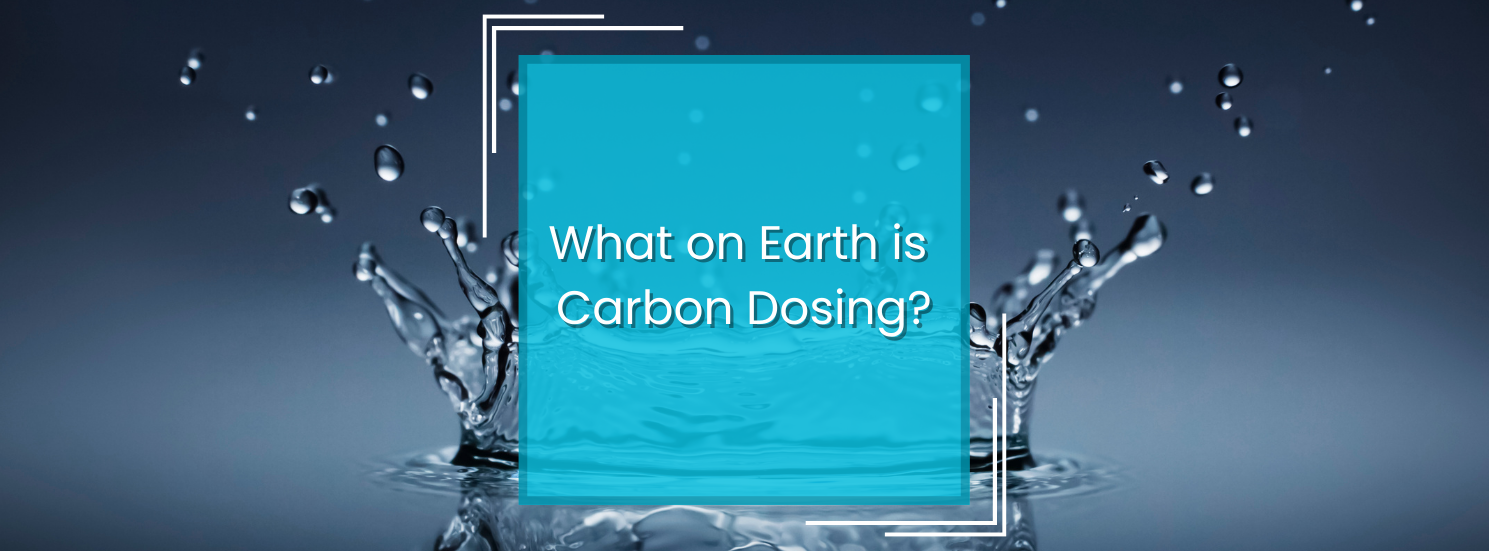𝐈𝐧𝐭𝐫𝐨 𝐭𝐨 𝐒𝐨𝐟𝐭 𝐂𝐨𝐫𝐚𝐥𝐬: 𝐈𝐝𝐞𝐧𝐭𝐢𝐟𝐢𝐜𝐚𝐭𝐢𝐨𝐧, 𝐂𝐚𝐫𝐞, 𝐚𝐧𝐝 𝐓𝐢𝐩𝐬
Learn everything you need to know about soft corals in saltwater aquariums with our comprehensive guide. Discover the different types of soft corals, understand their specific care requirements, such as water quality, lighting, flow, and feeding. Get expert tips on identifying healthy specimens and managing















